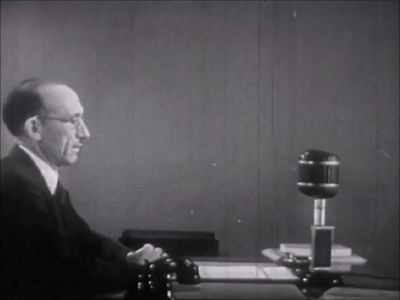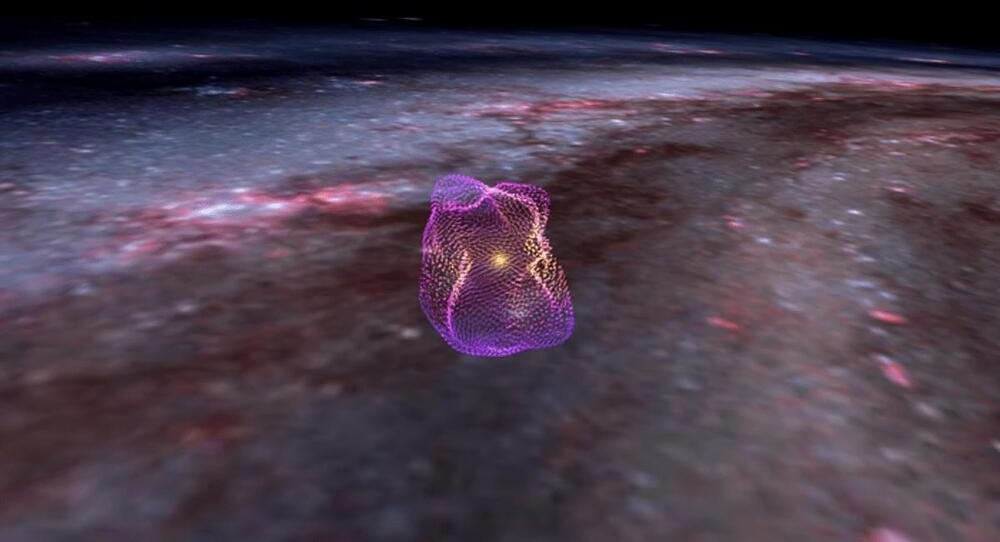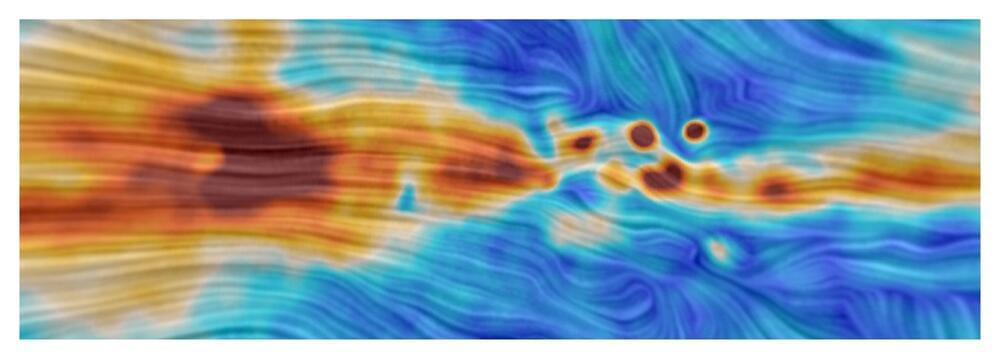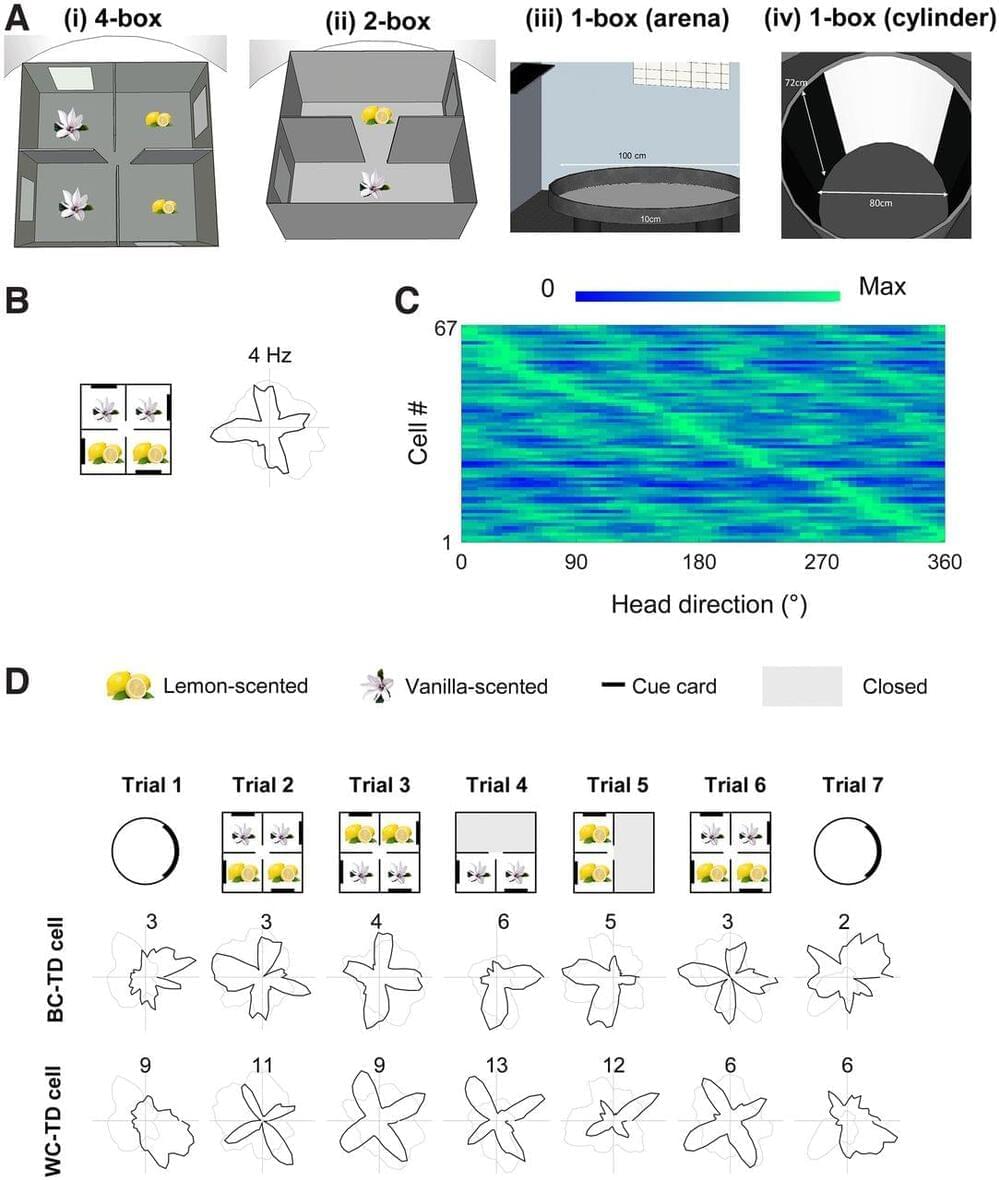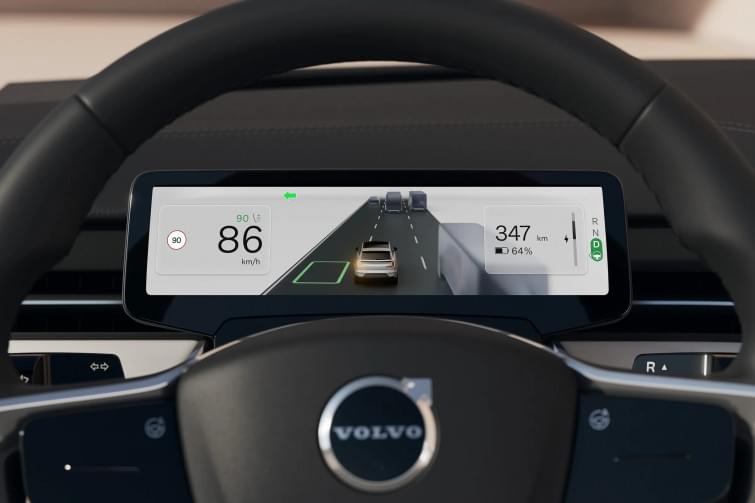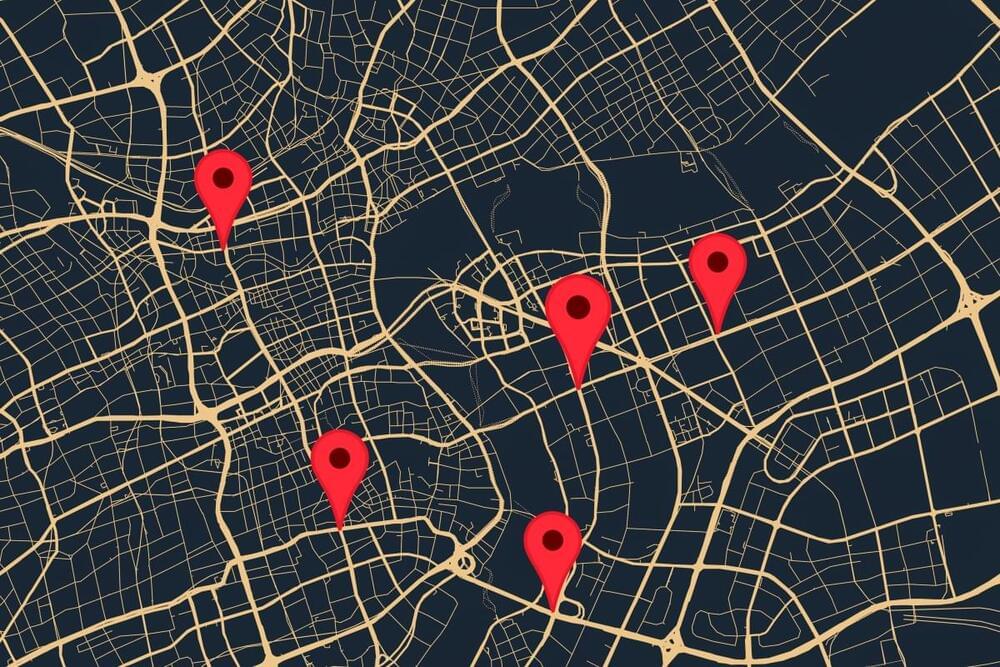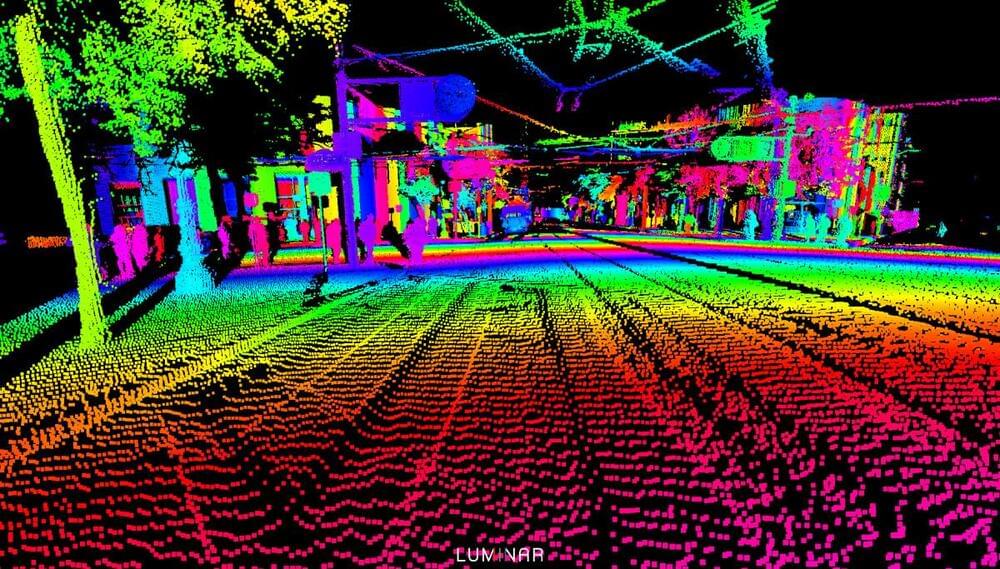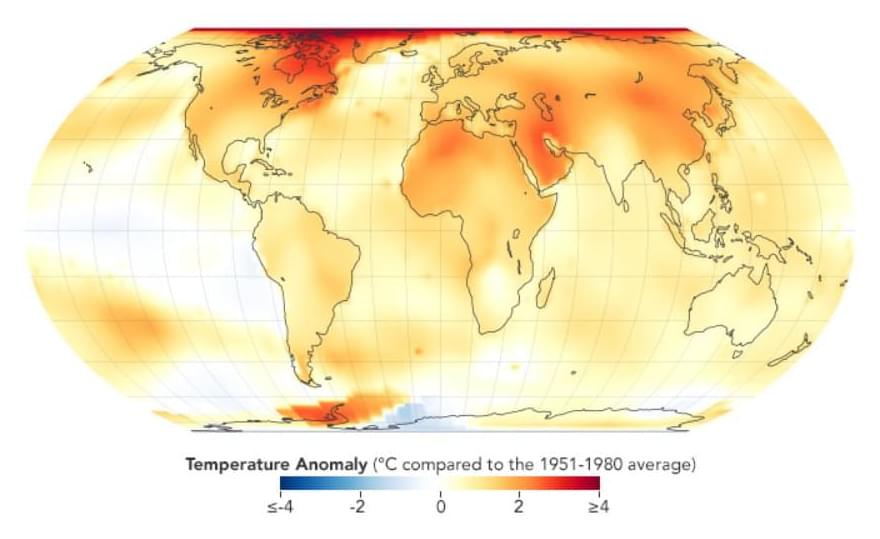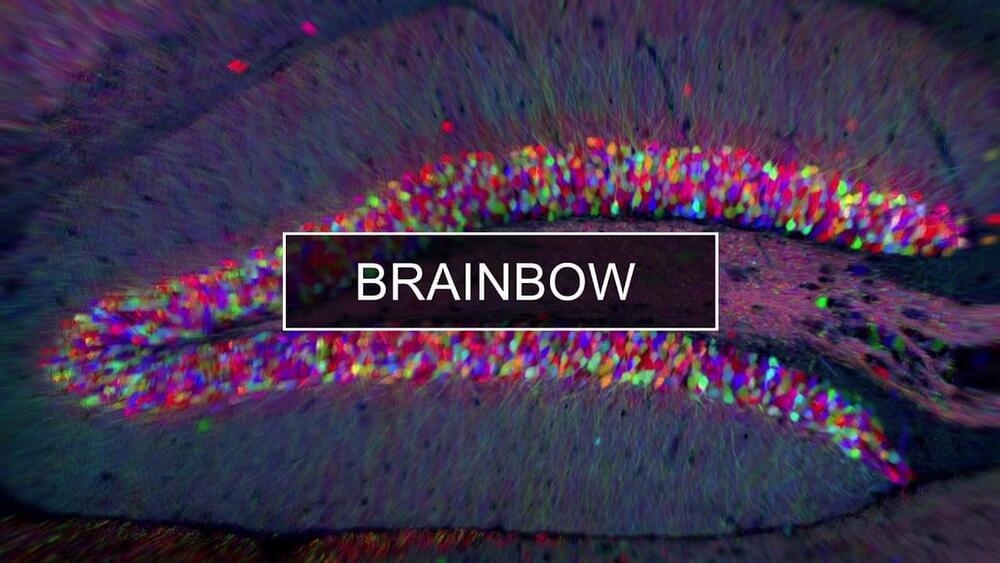Jan 16, 2023
AI in Education: The Good, the Bad, and the Downright Confusing
Posted by Kelvin Dafiaghor in categories: education, mapping, robotics/AI
Words by pau aleikum & marta handenawer.
This article started as a discussion between friends, sparked by the release of ChatGPT last December. Instantly, our minds were racing with the massive amount of tremendously stupid and not-so-stupid applications it could have for our work at Domestic Data Streamers. It is clear that AI is a valuable tool you could use to finish assignments more quickly, but what would be lost in that process? Using ChatGPT feels like cheating; using a shortcut to finish your work, it’s so easy that it can feel as if you are not working at all. This obviously comes with a cost. If you don’t write those words, you are less likely to remember them and less likely to internalize knowledge or connect it to other fields of knowledge you already have. And that, friends, is a problem for education. The Atlantic recently declared that “The College Essay Is Dead,” and although I disagree, this calls for further exploration.
The use of ChatGPT to write academic projects has been a source of significant concern in academia. Three of the four universities we work with have already sent out emails asking that teachers acknowledge the existence of this technology and prepare for it. This is the next phase in our journey from manual calculation to technology-aided information recall, just as we evolved from adding up numbers in our minds to calculators and from basic orientation to Google Maps.
